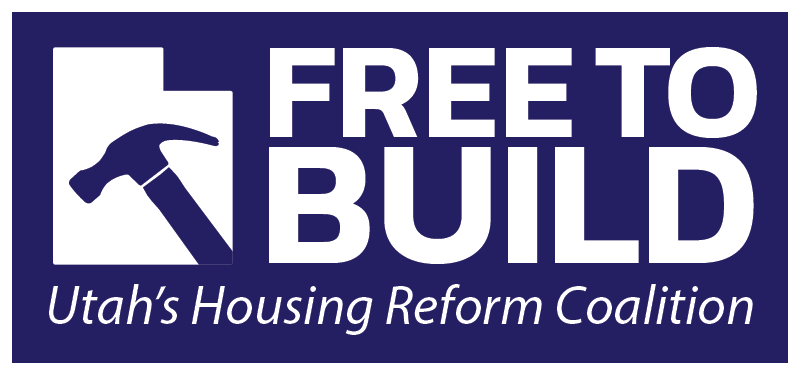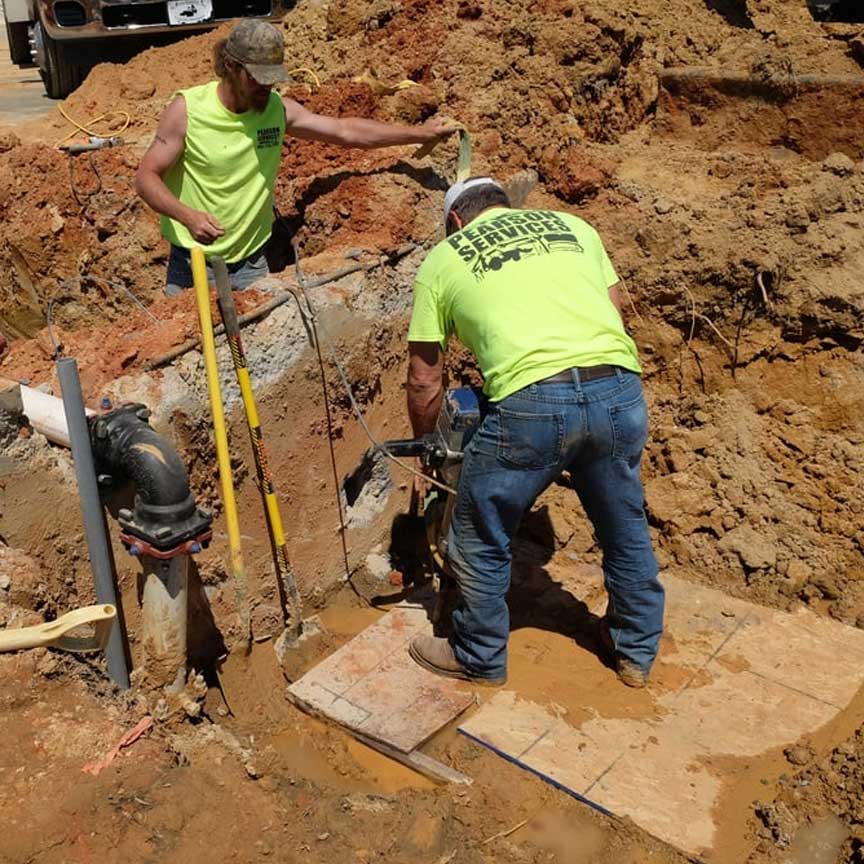As cities and counties grow, taxpayers have to pay costs related to new or upgraded infrastructure—roads, storm drains, water and sewer lines, and so forth. Depending on how your city or county chooses to operate, it’s possible to place the burden of the growth too heavily on existing taxpayers.
One option to balance the burden is through the use of impact fees. Impact fees are one-time charges imposed by a local government on new development projects to help fund the cost of providing infrastructure to that new development. In Utah, their use is common and the fees range anywhere from a few thousand to tens of thousands of dollars per unit. Accordingly, there is a high chance you will be involved in decisions that relate to adjustments to impact fee rates and policies.
We are not advocates for (nor detractors of) impact fees in general. Instead, we recommend that your use of impact fees does not:
- Violate the provisions of the Utah Impact Fees Act.
- Represent an undue burden to new or existing residents.
Getting both of these aspects correct can be quite tricky. For example, ensuring compliance with the Utah Impact Fees Act will require time and resources on an ongoing basis and likely involve outside consultants. In addition, although impact fees are paid upfront by developers to local governments, they are not a cure-all for balancing the financial burden of new development. Impact fees (like many fees) ultimately get passed on to the new residents in the form of increased prices.
In short, when it comes to impact fees—the devil will be in the details.
Are you a local elected official and interested in chatting with us more about this topic? Please reach out to us at localgovt@libertas.org—we’d love to chat!
Relevant Libertas Work:
- 2018 HB 250 | Libertas Bill Article
External Resources:
- Impact Fee Handbook by DPFG (Development Planning & Financial Group, Inc.)


